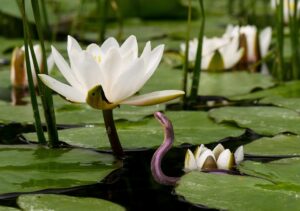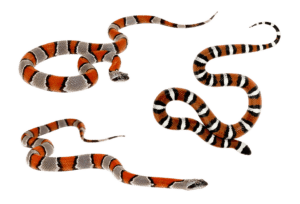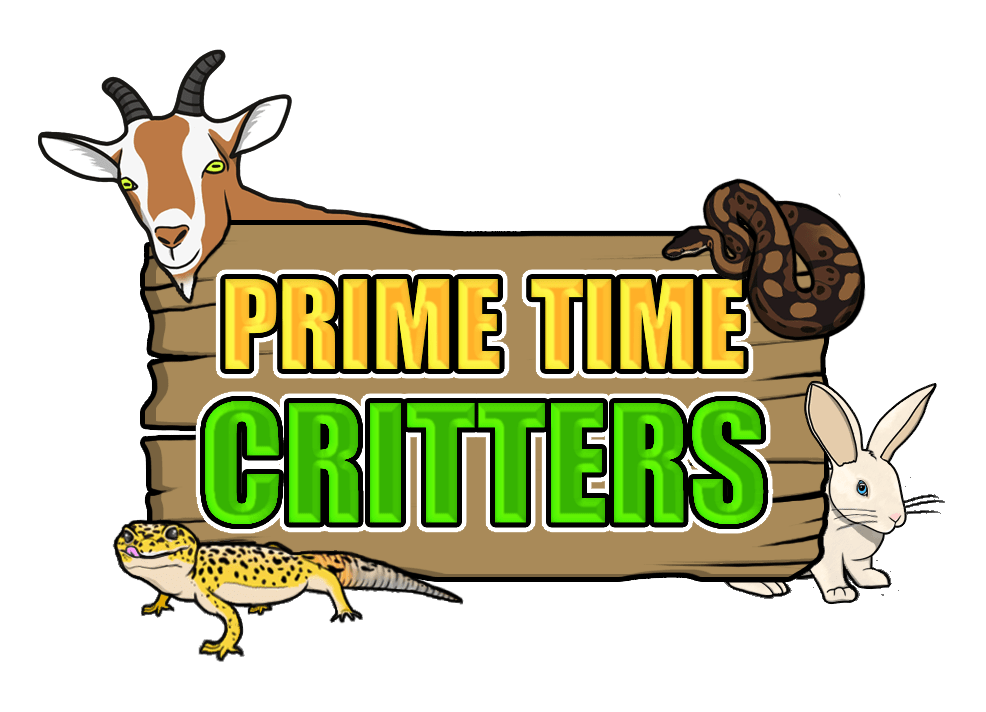
Facebook
Twitter
LinkedIn
[ad_1]
The Enchanting World of Tricolor Hognose Snake: A Fascinating Reptile
The world of reptiles is filled with an incredible diversity of species, each showcasing unique characteristics and captivating behaviors. Amongst this vast array of fascinating reptiles is the tricolor hognose snake (Heterodon tricolor), a remarkable species that never ceases to amaze snake enthusiasts with its distinctive appearance and intriguing behaviors.
Fact Sheet: Tricolor Hognose Snake (Heterodon tricolor)
——————————————————–
Common Names: Tricolor hognose snake, tricolored hognose, Mexican hognose
Scientific Name: Heterodon tricolor
Size: Adult tricolor hognose snakes can reach lengths of around 20 to 30 inches (51 to 76 centimeters).
Coloration: These enchanting serpents possess a unique coloration, with varying shades of brown, red, yellow, and black forming a striking pattern on their bodies. The colors may differ between individuals, making each snake truly one-of-a-kind.
Habitat: Tricolor hognose snakes are endemic to the central and southern regions of Mexico, primarily found in grasslands, savannas, and dry forests.
Behaviour and Diet: Tricolor hognose snakes are known for their fascinating defense mechanisms. When threatened or cornered, they may puff up their bodies, hiss loudly, and even perform a “death feigning” act, where they roll onto their backs and expose their bellies—a tactic to deter predators. These clever snakes primarily feed on toads, but also consume small lizards and rodents.
Conservation Status: The tricolor hognose snake is not currently listed as endangered or threatened. However, deforestation and habitat degradation in its native range pose potential risks to its population numbers.
Care Sheet: Providing the Ideal Environment for Tricolor Hognose Snakes
———————————————————————
If you’re considering adding a tricolor hognose snake to your reptile family, it is essential to ensure their environment meets their specific needs. Here are a few key factors to consider:
1. Housing: Enclosure size should be appropriate for the snake’s age, with plenty of floor space for them to explore and hide. A 20-gallon terrarium is generally suitable for a single adult tricolor hognose snake.
2. Substrate: Bedding should mimic their natural habitat, with options such as aspen shavings, cypress mulch, or coconut husk. Avoid using pine or cedar shavings, as these can be harmful to reptiles.
3. Temperature and Lighting: Install heat sources like an under-tank heating pad or ceramic heat emitter to provide a warm basking area. The temperature gradient should range from 75°F (24°C) on the cooler side to 85°F (29°C) on the warmer side. UVB lighting is not mandatory but can provide additional benefits to their overall well-being.
4. Humidity: Tricolor hognose snakes thrive in environments with moderate humidity levels between 40% and 60%. A shallow water dish large enough for soaking should be provided to aid in shedding.
5. Feeding: These snakes are primarily toad eaters in the wild. However, in captivity, a diet consisting of appropriately-sized rodents, such as mice or rat pups, can be offered. Feeding should occur once every five to seven days for juveniles and every seven to ten days for adults.
Reach out to Prime Time Critters for Expert Advice
—————————————————
If you’re considering adding a tricolor hognose snake to your collection or have any questions regarding their care requirements, don’t hesitate to contact Prime Time Critters. Our team of experienced reptile enthusiasts is dedicated to providing guidance and support to ensure the well-being of these captivating serpents.
In conclusion, the tricolor hognose snake is an enchanting reptile species that captivates snake lovers with its distinct appearance and intriguing behaviors. By understanding their needs and providing appropriate care, one can enjoy the company of these fascinating creatures while simultaneously contributing to their conservation efforts.
[ad_2]
Through education and awareness, I strive to inspire the next generation of caregivers, conservationists and environmental advocates.




Get updates about our newsletters!
